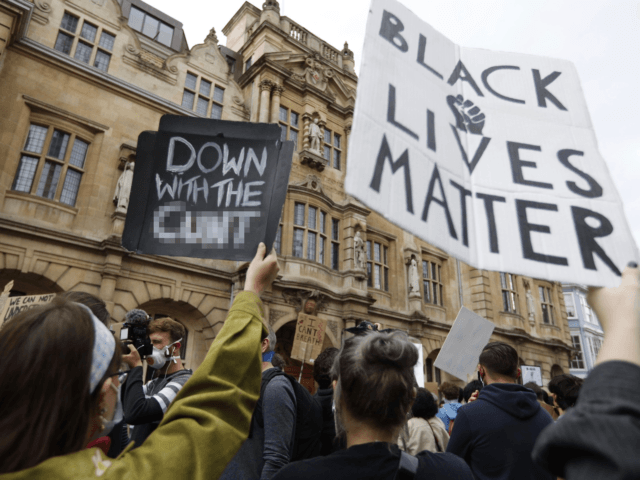Historic England ‘Audits’ Villages and Churches For Connection to Slave Trade
Historic England, which was founded to preserve historical buildings and monuments, has followed the lead of the National Trust, which targetted stately homes in its care, including the home of British wartime leader Sir Winston Churchill.
Historic England has gone much further, however, targetting farms, schools, village halls, pubs, and churches for their ties to “money made in transatlantic slavery” which they claim “permeated English society for centuries”, according to The Telegraph.
“The transatlantic slavery economy was invested in the built environment of the local area in housing, civic society organisations, churches, village halls, farms, shooting lodges, hotels,” the report stated.
The review even went on to audit chapels in which slave owners or their descendants were buried.
Historic England listed prominent British historical figures such as former liberal Prime Minister William Gladstone, English mariner Francis Drake, and British philanthropist Edward Colston as having played a role in the “money trail” of historical buildings and the slave trade.
The review, which was completed last year, will inform a three-year strategy from Historic England that was launched in November following months of Black Lives Matter attacks on British heritage.
The strategy will seek to appeal to so-called “priority audiences” including “people with Black, Asian or other Minority Ethnic heritage and people who identify as Lesbian, Gay, Bisexual, Transgender, Queer +.”
"It is abhorrent that hard-working patriots are funding the enormously damaging, unpatriotic pet-projects of well-heeled academics.” https://t.co/sI3SFLz3hx
— Breitbart London (@BreitbartLondon) February 2, 2021
Historic England denied that the shame list will be used to “delist structures, but it will be used to enhance the National Heritage List for England and tell a fuller story of England’s rich and complex history”.
The government body said that the review sought to “identify significant gaps in knowledge that can be targeted through new collaborative research in order to produce a more complete picture of the impact of Atlantic slavery on the built environment in England.”
A spokeswoman for Historic England said: “Heritage is for everyone and we want our work to ensure that a diverse range of people are able to connect with, participate in and enjoy the historic environment.”
“It reaffirms our commitment to delivering our work in a way that benefits a broader range of people, places and communities which better represent the diversity of England and our rich heritage,” she added.
The project has drawn criticism from ministers in the Conservative government, who are said to be “frustrated” with the focus of public institutions on the negative sides of British history.
A source within the Department of Culture told the Daily Mail: “Ministers are increasingly frustrated with public bodies focusing on divisive parts of Britain’s history rather than celebrating our shared heritage.”
“We should face up to the challenging parts, but this needs to be done in a balanced way rather than constantly putting down our past,” the source added.
This is not by far the first time Historic England has sailed away from its core role to engage with anti-heritage activists. Breitbart London reported in 2018 when the government-funded body discussed the removal of Nelson’s Column — a major London landmark and memorial to one of the greatest ever Britons — even going so far as to illustrate a forthcoming event with an image of a wrecking ball hitting the monument.
In a debate that prefigured the BLM statue smashers of 2020, English Heritage asked rhetorically “What should we do with controversial statues and memorials? …what should be done when some of these figures have come to be seen by many people as controversial symbols of oppression and discrimination?”.
Year of the Statue Smashers: How BLM Violence and Identity Politics Crossed the Atlantic in 2020 https://t.co/iTvdMW0zjC
— Breitbart London (@BreitbartLondon) January 3, 2021
Source: Breitbart







